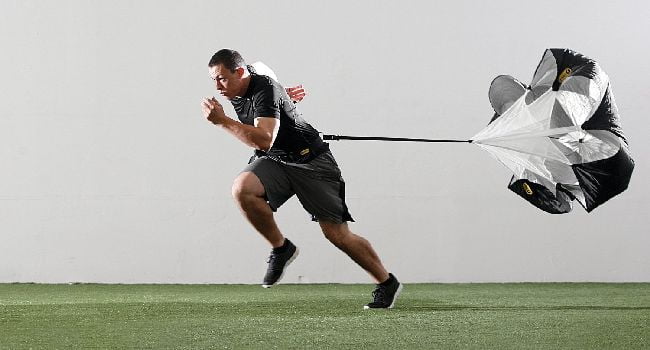Have You Ever Wondered How We Burn Fat?

Have you ever wondered where the weight goes when we lose it? No, you don’t just sweat it out. That’s actually a rather common misconception. Australian physicist Ruben Meerman polled 150 doctors, dietitians, and trainers, it was found that a majority of experts thought this too. But it’s wrong.
There is a lot of chatter about burning fat. Fat does burn in a way via a complex biochemical process. But wait, mass can’t be created or destroyed. That means that the atoms constituting that excess belly fat or those love handles had to go somewhere right? Right!

Ruben Meerman and lipid researcher Andrew Brown decided to work together in order to get a concrete explanation. The British Medical Journal later published these findings.
Throwback to High School
Try remembering your high school chemistry (sorry to burden you!). When fat metabolizes, you get carbon dioxide, water, and energy. Now, oxidizing 10 kilos of human fat requires inhaling 29 kilos of oxygen to produce 28 kilos of carbon dioxide and 11 kilos of water. That’s based on the work of other scientists. Meerman and Brown then tried to determine the proportion of mass that ends up as carbon dioxide versus water — 84 percent compared to 16 percent.

Carbon dioxide is a common gas in the atmosphere, so there’s no surprise where it would go. Do you realize what that means? It means we exhale lost fat. There it helps plants photosynthesize (if you’re feeling noble) and contributes to global warming (if you’re feeling guilty). Urine, sweat, and other bodily fluids dispose of the small amount of water produced.
Of the small sample of health professionals surveyed, zero doctors or personal trainers knew that fat became carbon dioxide. Three out of 50 dietitians answered the question correctly.

Carbon In/Carbon Out
The research also clarifies the common “energy in/energy out.” concept. It refers to the idea that to maintain weight, you need to balance the number of calories consumed with the calories used by the body to fuel exercise and other daily functions. According to Meerman however, “carbon in/carbon out” would be more precise.
The average person breathes out about half a pound of carbon through the lungs via carbon dioxide. When you eat food, you replace some of the exhaled carbon atoms. If the atoms ingested and digested equally the number exhaled, your weight won’t change. On one hand, if you eat less than you exhale, you tend to lose weight. If you exhale less than you ingest, you’ll gain weight.
So don’t worry too much about all of this talk of carbon atoms and oxidation. Balancing the calories you eat with the calories you expend is a sound strategy. Exhaling more carbon dioxide makes you lose more weight — especially if you’re doing so more frequently because you’re running. Contrary to what many think, fat metabolites aren’t disposed of in feces or converted to muscle.
So let your fat drift away in the breeze!





